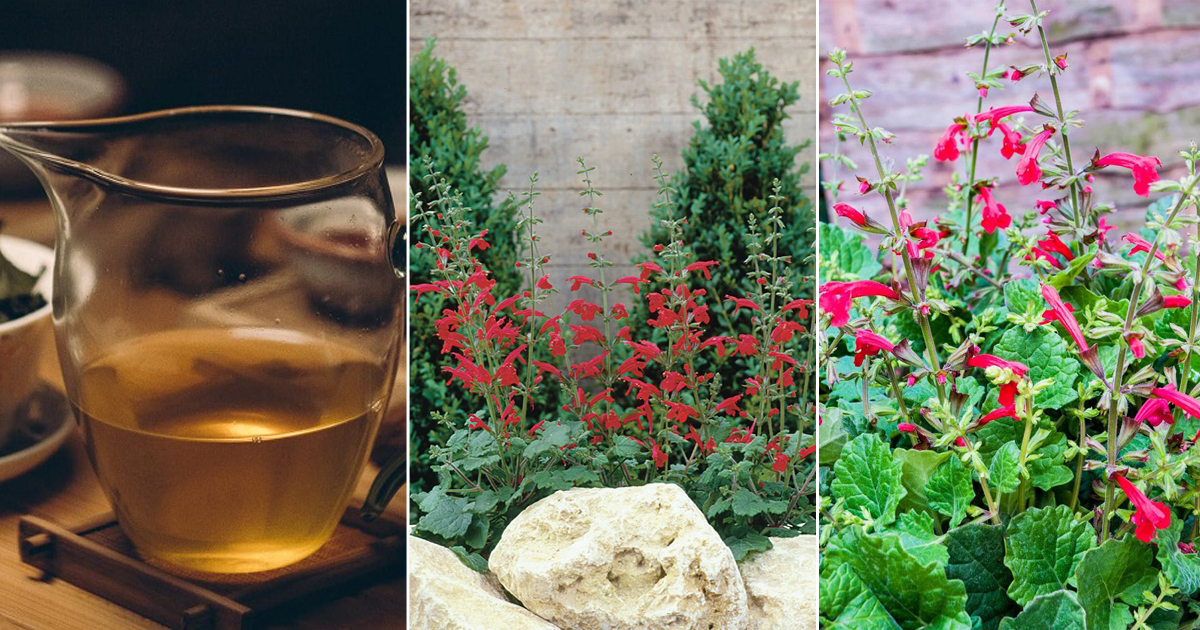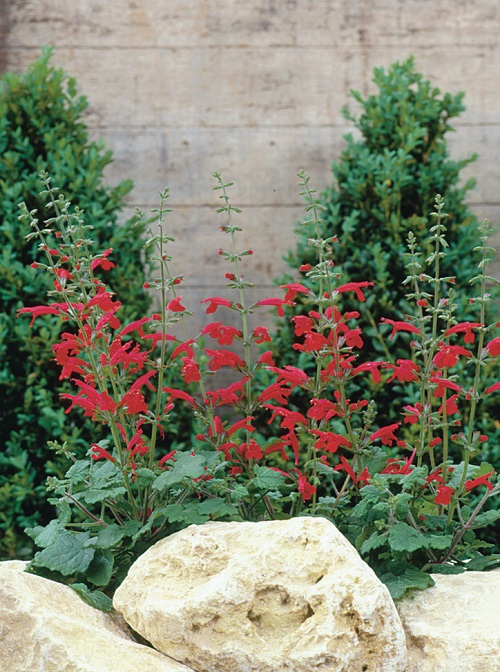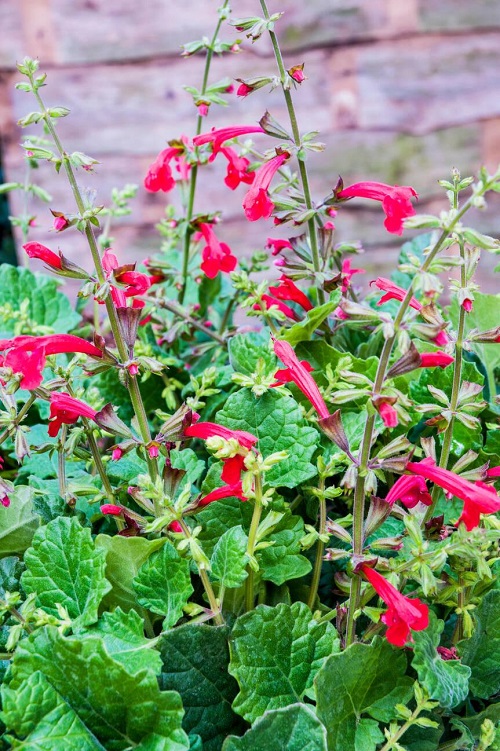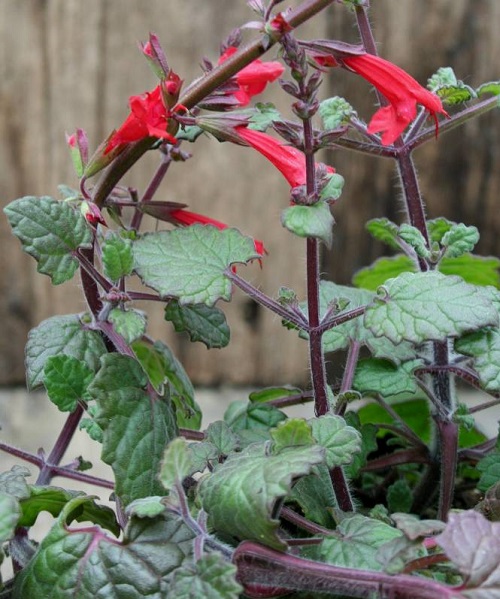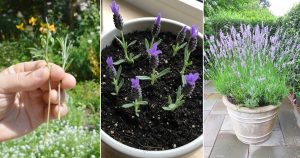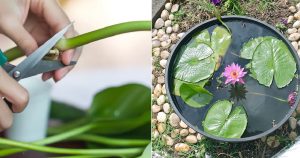Read about Cedar Sage Care and Growing Guide + Uses in this detailed post. This perennial herb looks beautiful with red blooms.
Native to the American Southwest, Cedar Sage (Salvia roemeriana) is a perennial herb that features red flowers and deep green leaves. Cedar Sage particularly suits regions with hot summers and mild winters. This member of the Lamiaceae family shares some characteristics with other types of sage. It also attracts pollinators like hummingbirds and butterflies. This herb usually grows between 1 to 2 feet tall and blooms in the late spring to early summer.
It is adaptable to various climates and can be grown in home gardens; read more about cedar sage care in this post.
USDA Zones: Suitable for USDA Zones 7-10.
Cedar Sage Growing Guide
Sunlight
Cedar Sage thrives best under full to partial sun. Grow this plant where it gets at least 6 hours of direct sunlight daily.
Soil
This plant prefers well-draining, loamy soil with a slightly acidic to neutral pH of 6-7.
Watering
Cedar sage is somewhat drought-tolerant but prefers regular watering. Keep in mind that, overwatering can lead to root rot.
Cedar Sage Care
Fertilization
Apply a balanced fertilizer in the early spring. Avoid high-nitrogen fertilizers as they encourage leaf growth and fewer blooms.
Pruning
Prune the plant after it completes the blooming cycle; it will boost the flowering.
Pests and Diseases
Cedar Sage is relatively resistant to pests but can be prone to fungal diseases if overwatered.
Mulching
Apply a layer of organic mulch to conserve moisture and prevent weed growth.
Cedar Sage Uses
- The leaves can be used to make herbal tea.
- Some believe that Cedar Sage has anti-inflammatory properties, though more research is needed.
- It has been used topically in salves and ointments for skin irritations and minor wounds.
- Cedar Sage is an excellent plant for attracting hummingbirds and butterflies.
- It provides nectar and shelter for these beneficial insects.

